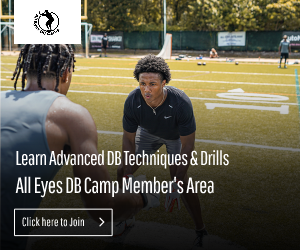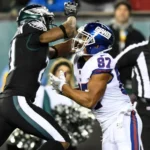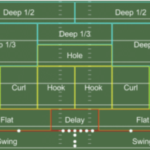Search Your Defensive Back Topic
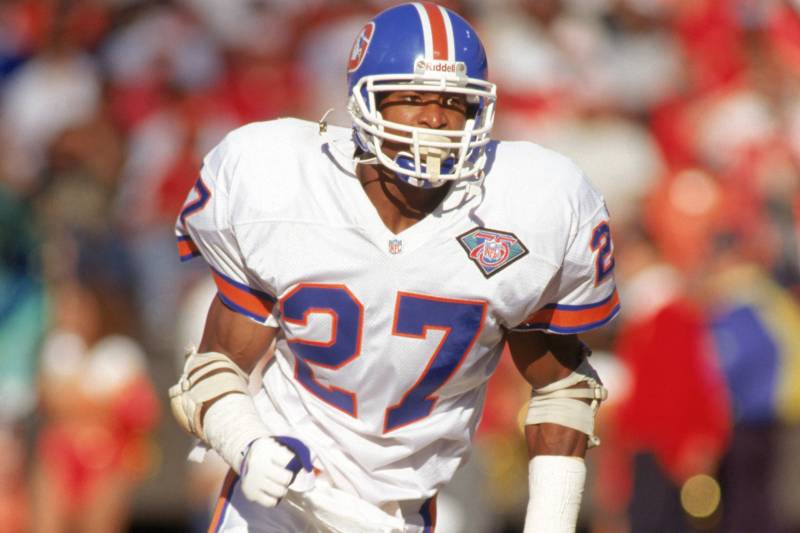
Know Your DB History: Steve Atwater
Before Kam Chancellor patrolled around the Seattle Seahawks secondary looking huge and unleashing pain on wide receivers and running backs trying to advance the football down the field, there was another big safety that wrecked guys who liked the carry the football. ...
Read More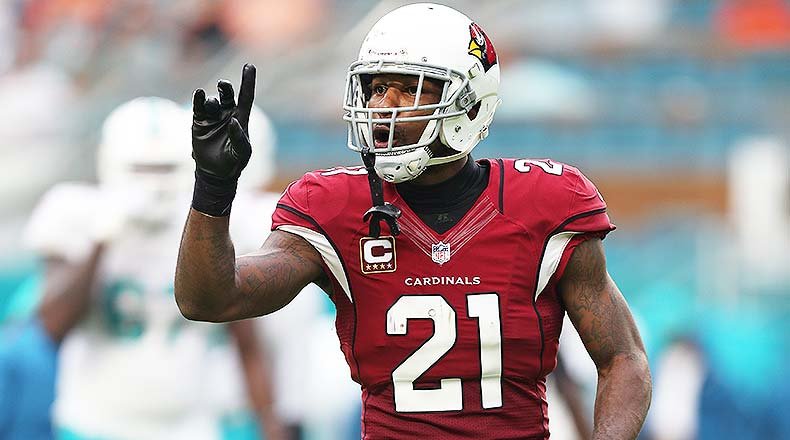
When it Comes to Stopping A Passing Attack, Communication is Key
This current era of football, at all levels, has seen the most prolific passing offenses in history. High school quarterbacks are breaking state passing records, college football signal callers are setting new marks and professional football gunsli...
Read More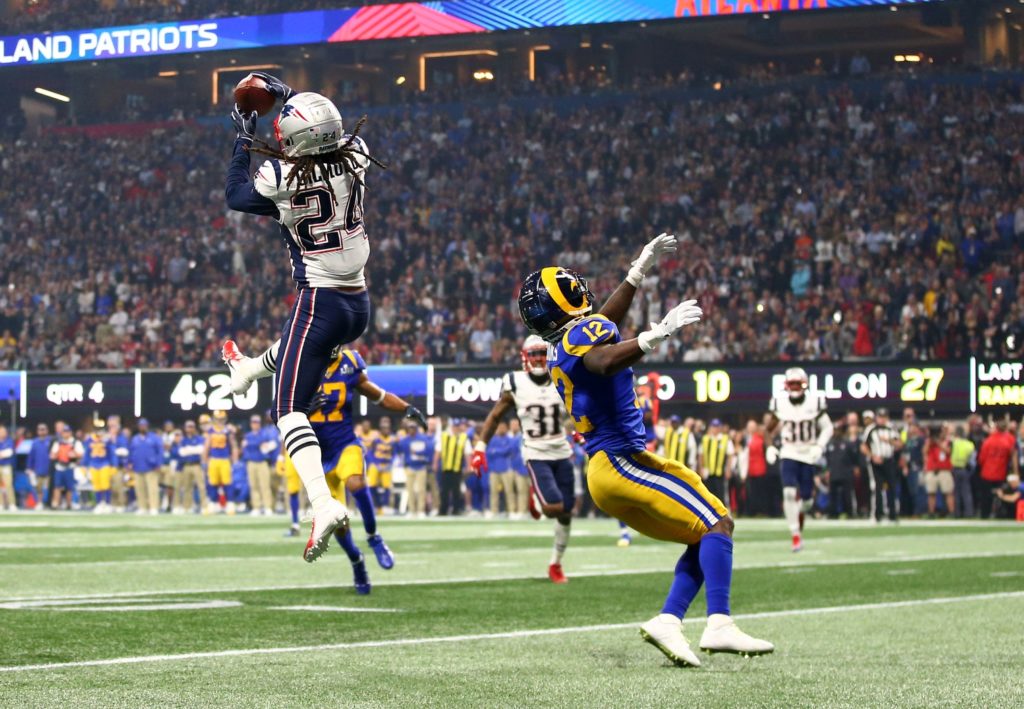
3 Things A DB Must Do To Make Plays In Big Moments
It’s a crucial 3rd down late in the game. You come to the line of scrimmage, your legs are trembling, your mouth is dry and your hands are shaking. What will they say on Twitter if you give up a touchdown pass here. You read about this wide receiver and...
Read More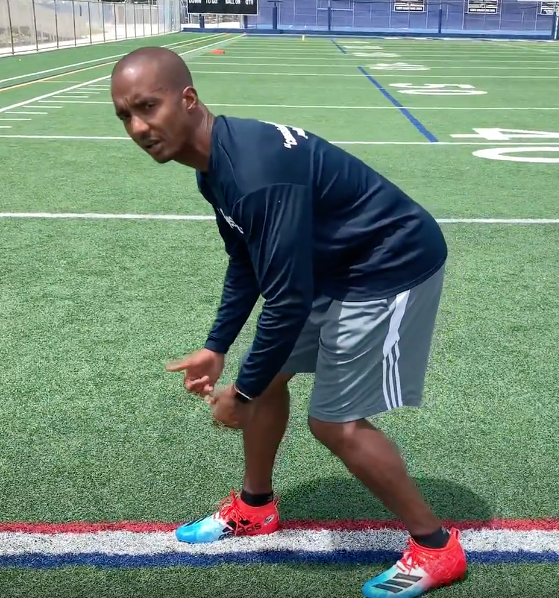
DB Tips | How to Back Pedal as a Defensive Back
Back pedaling may be a lost art for many and it’s getting DBs killed. Having a strong back pedal can keep you out of many bad situations on the field while covering WRs and this video is going to show you how to pedal correctly. The growing trend by defensive backs...
Read More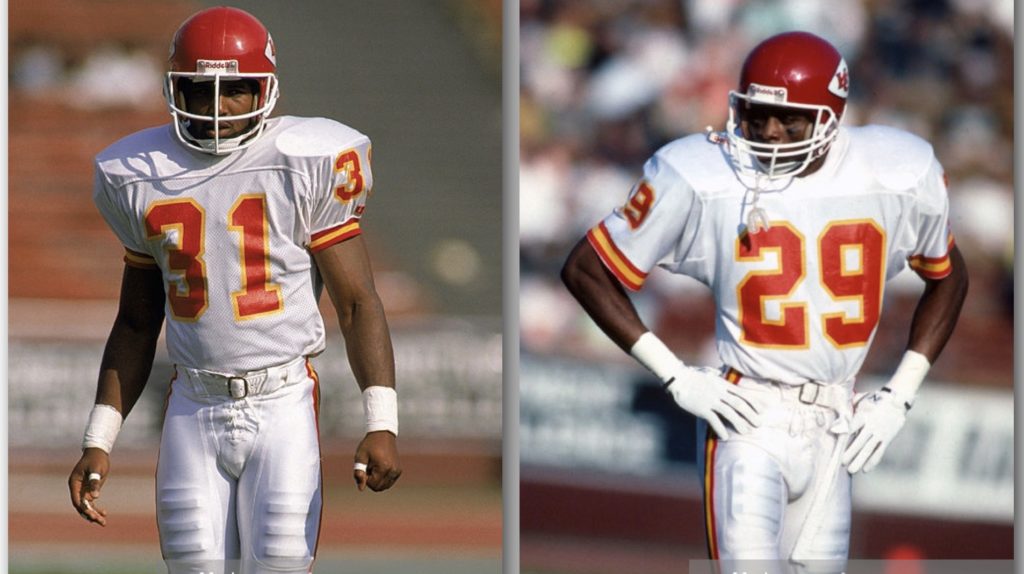
Dynamic Duos | Kevin Ross and Albert Lewis
In the next installment of my Dynamic Duos series, we take a trip back in time to Kansas City to reminisce on a pair of cornerbacks that were the cornerstone of a defense that was very tough on opposing quarterbacks. The 80’s was a golden time for the advancement o...
Read More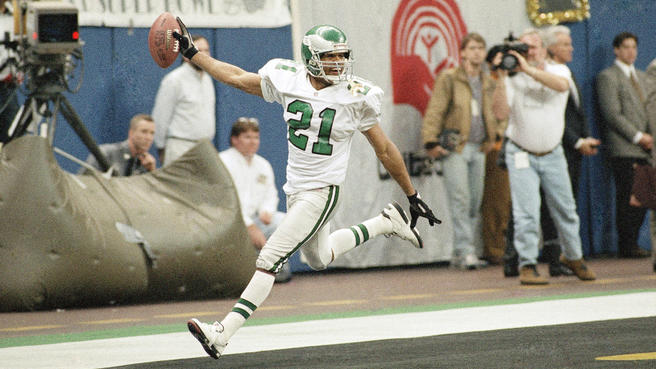
Know Your DB History | Eric Allen
One of the more overlooked defensive backs in the history of our game is the one I am featuring today. When you had 54 career interceptions as a pro your name should be circulated more when talking about the greats but that’s just not the case. Most young defensive...
Read More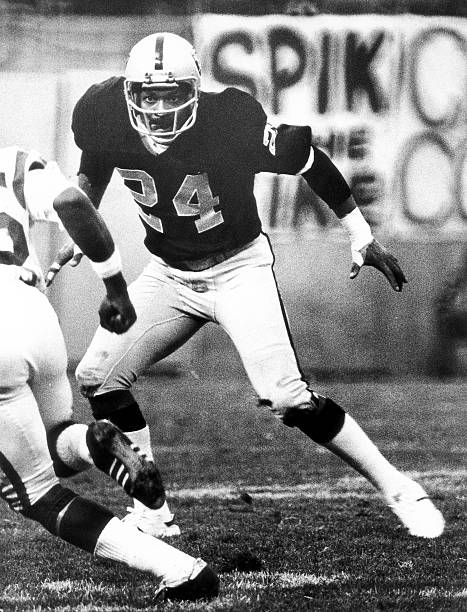
Know Your DB History: Willie Brown – Oakland Raiders
Willie Brown – Oakland Raiders By: Chad Wilson – All Eyes DB Camp Everybody loves to press these days. Ask any defensive back what they love to do the most and they’ll probably tell you “line up close to the line of scrimmage to play bump and run.&rdquo...
Read More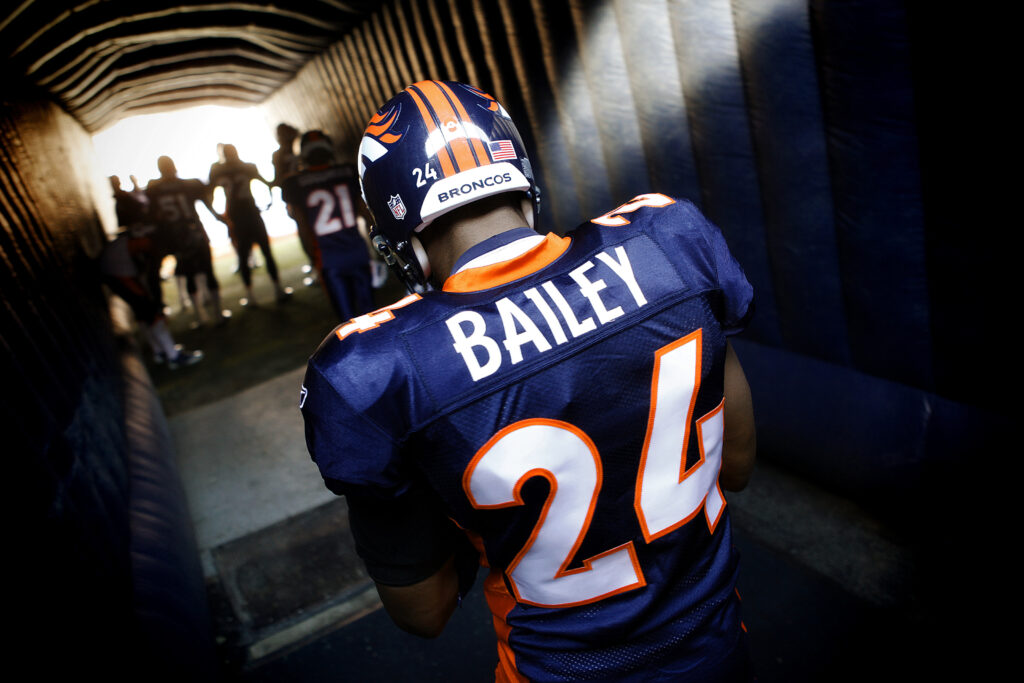
Know Your DB History: Champ Bailey
When you talk to young cornerbacks in today’s game, there are a handful of names that they will mention. From the past they may bring up names like Deion Sanders, Charles Woodson, Darrelle Revis and occasionally Rod Woodson. They will also talk abo...
Read More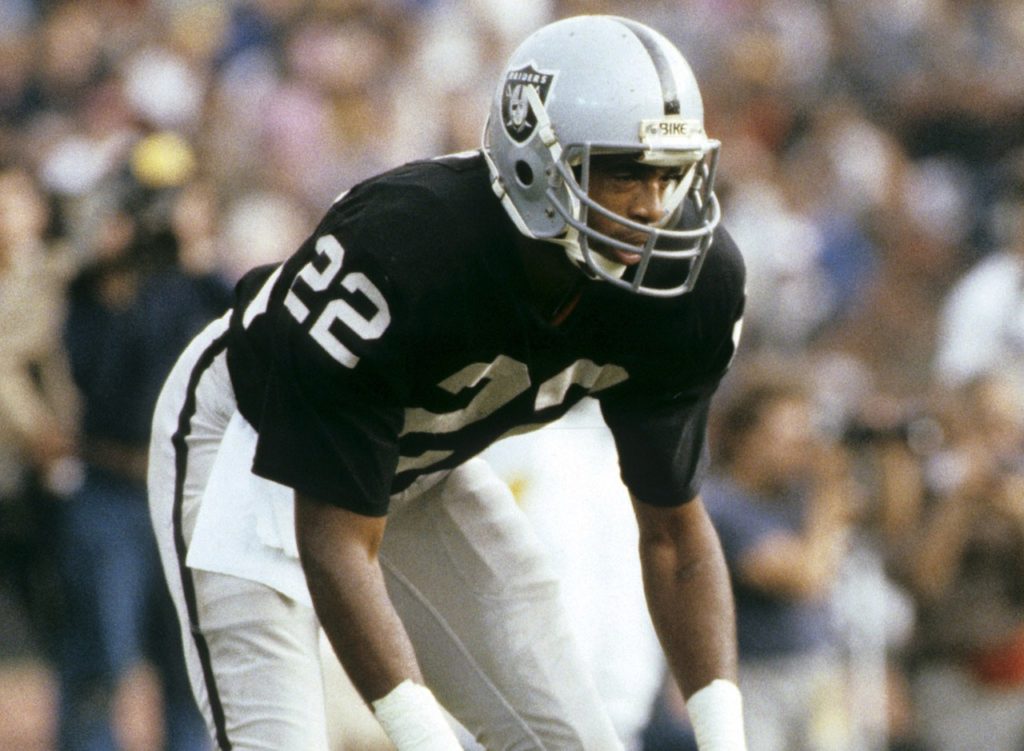
Know Your DB History: Mike Haynes
Our latest generation may not be familiar with Mike Haynes seeing as though he is now 66 years of age. However, there’s no hiding what a talent he was even though he was a bit overshadowed by his Oakland Raiders’ counterpart Lester Hayes and his ec...
Read More
